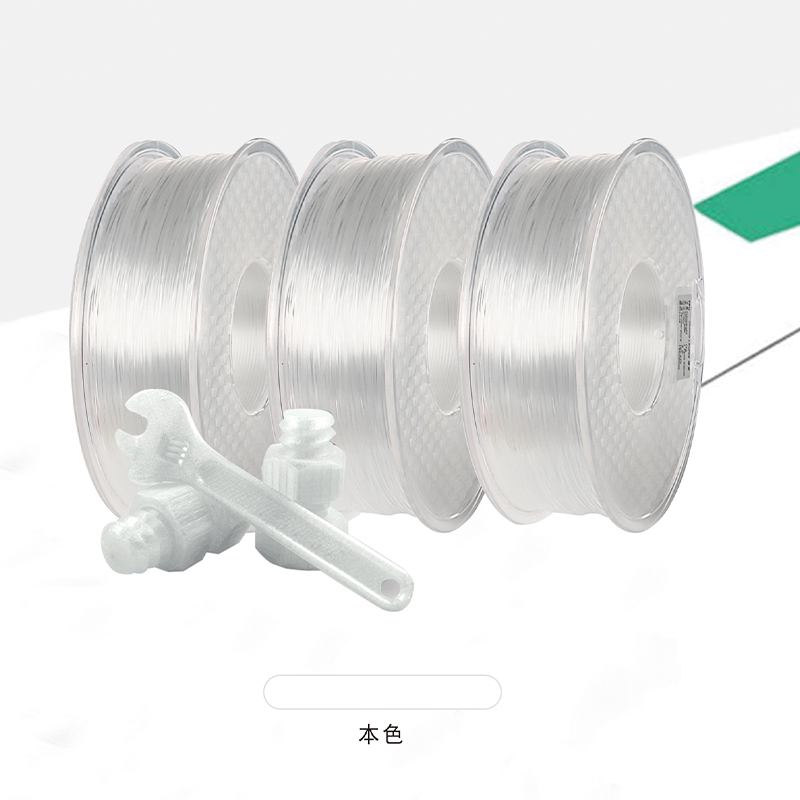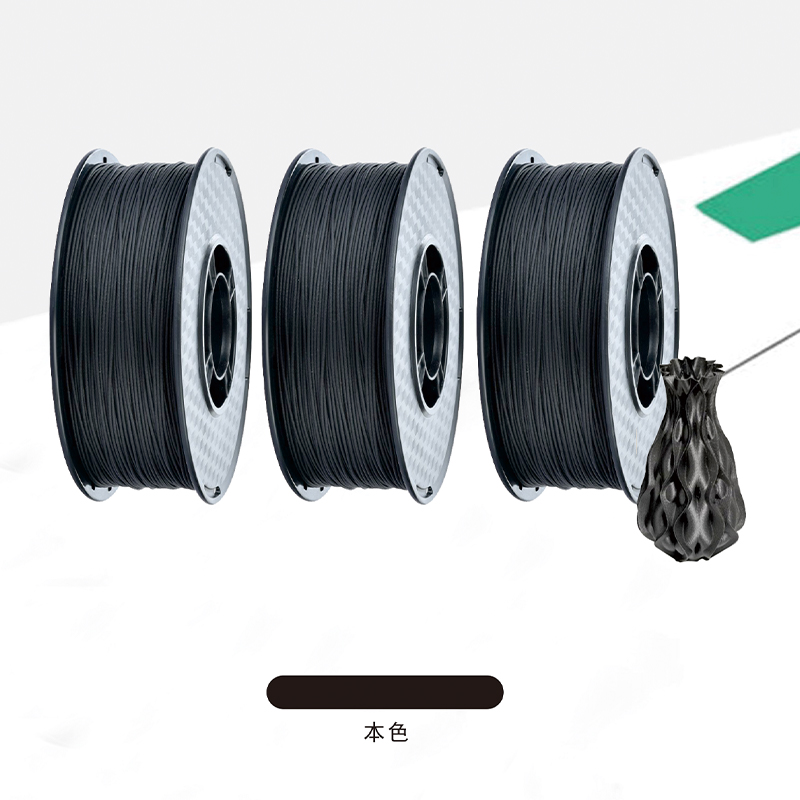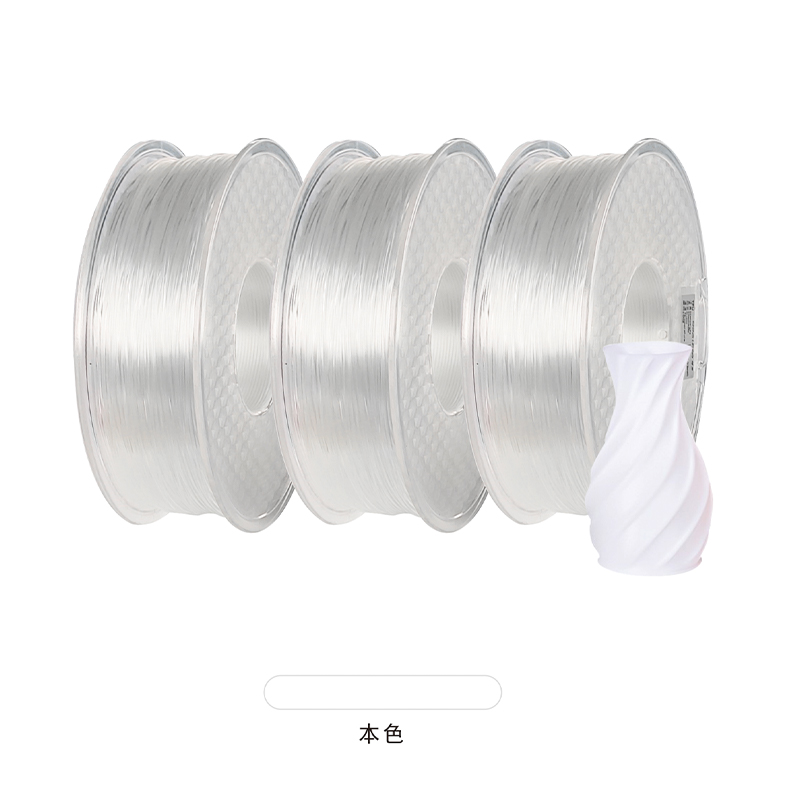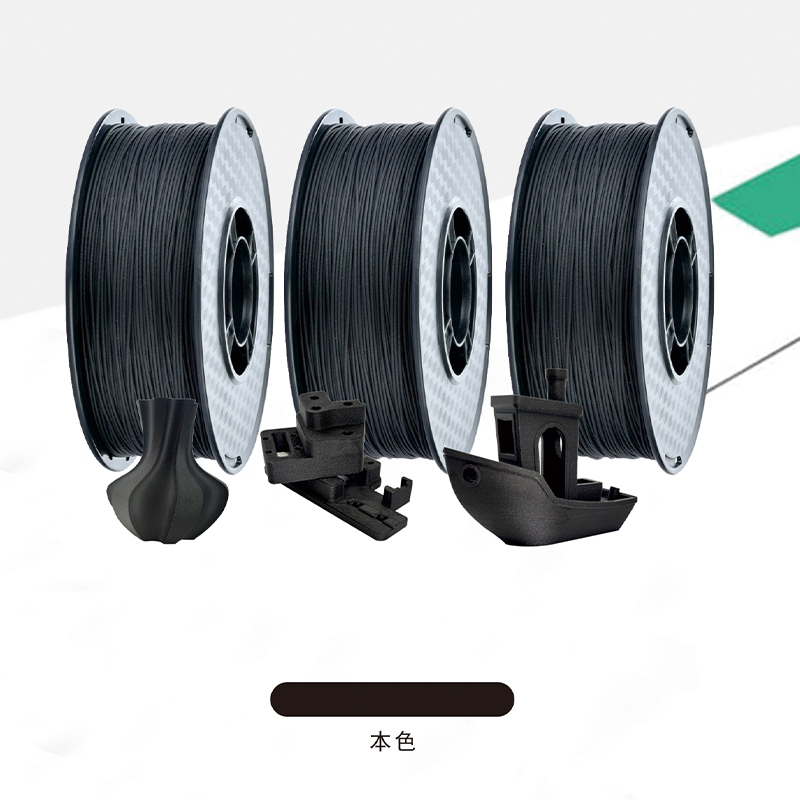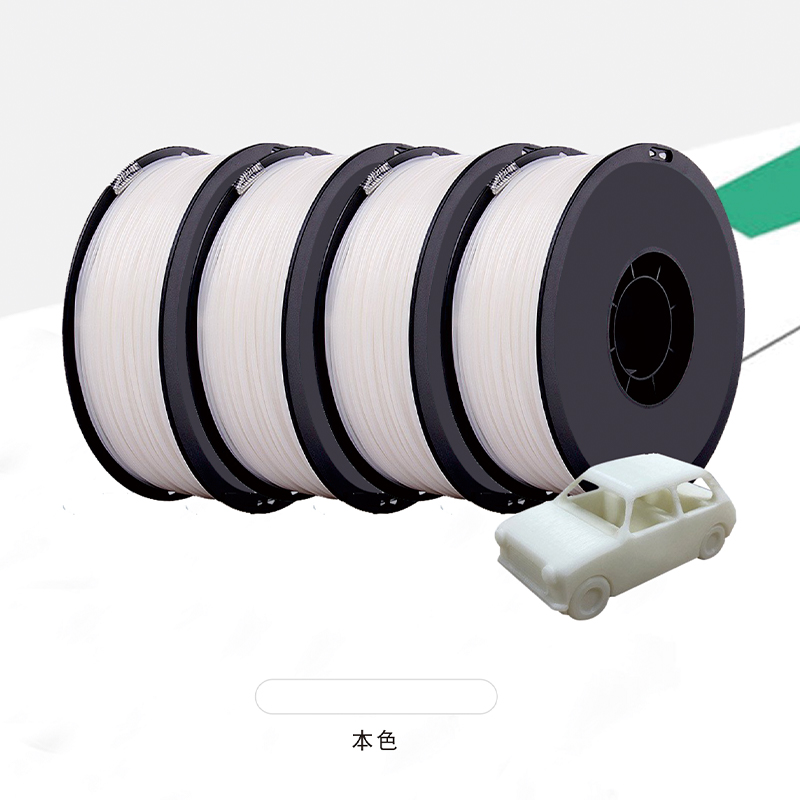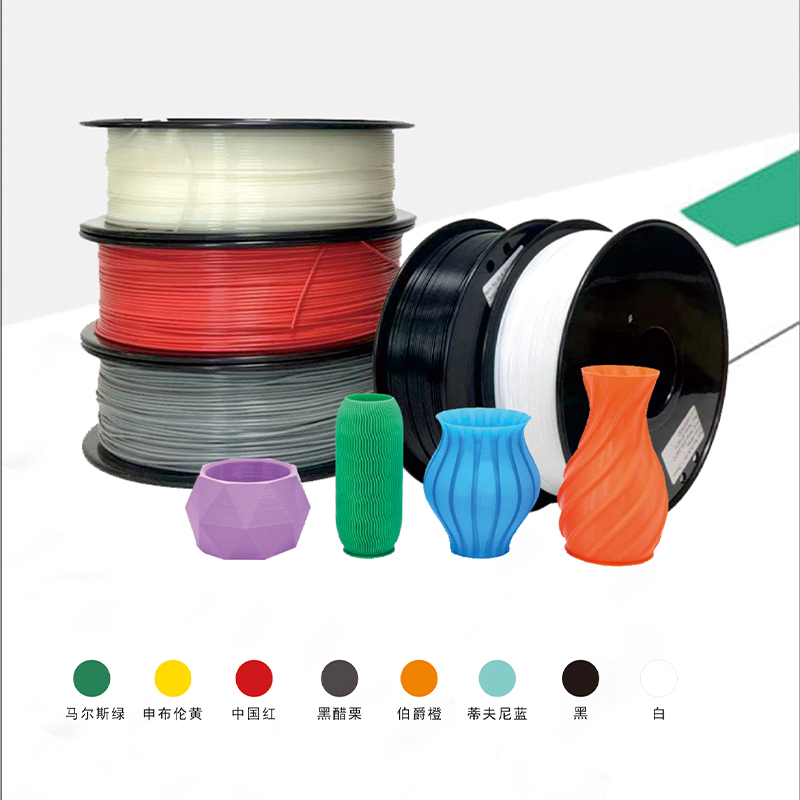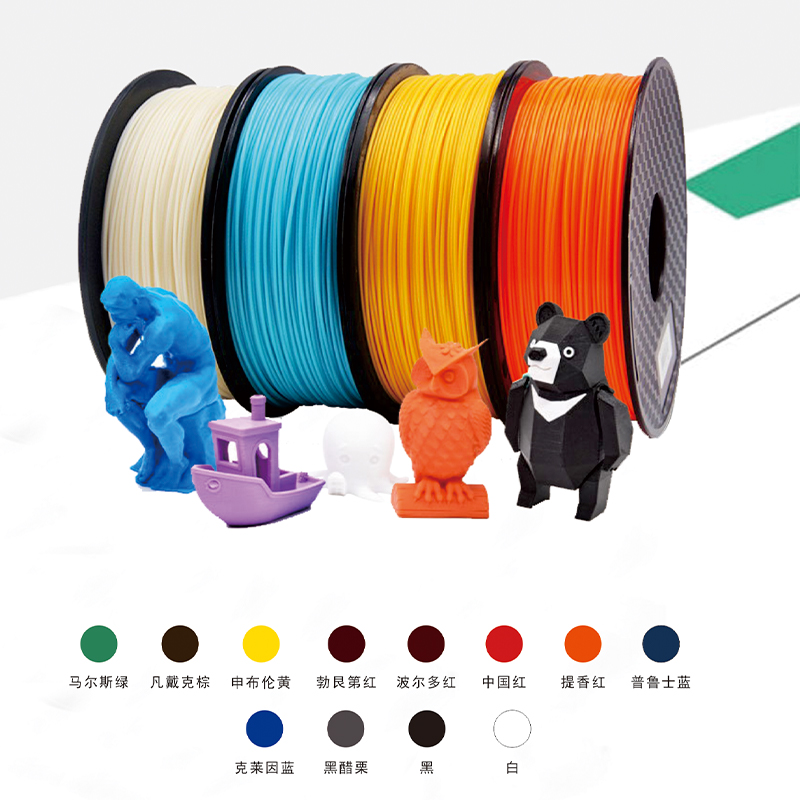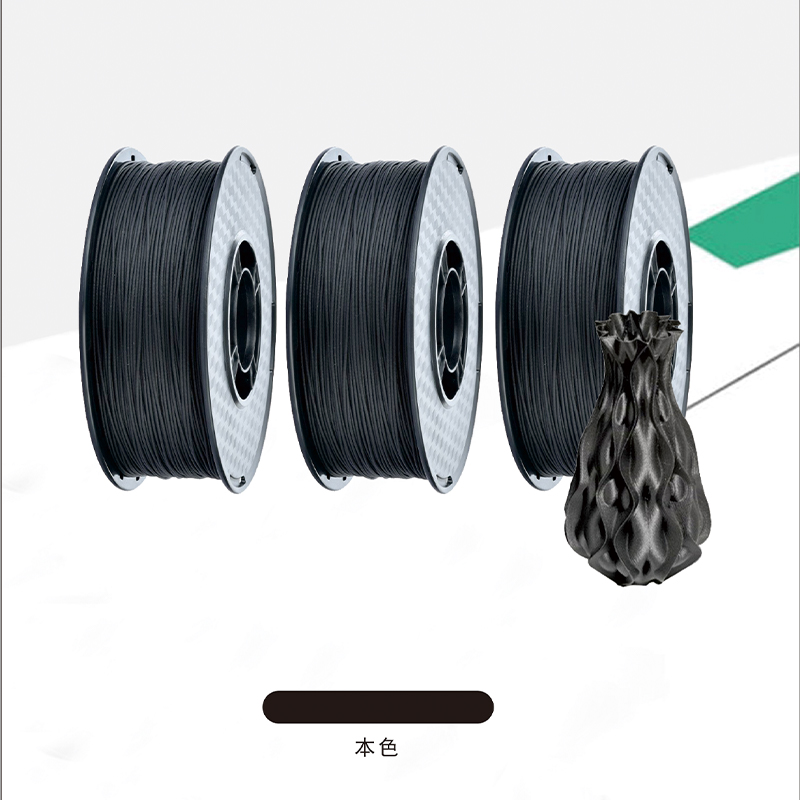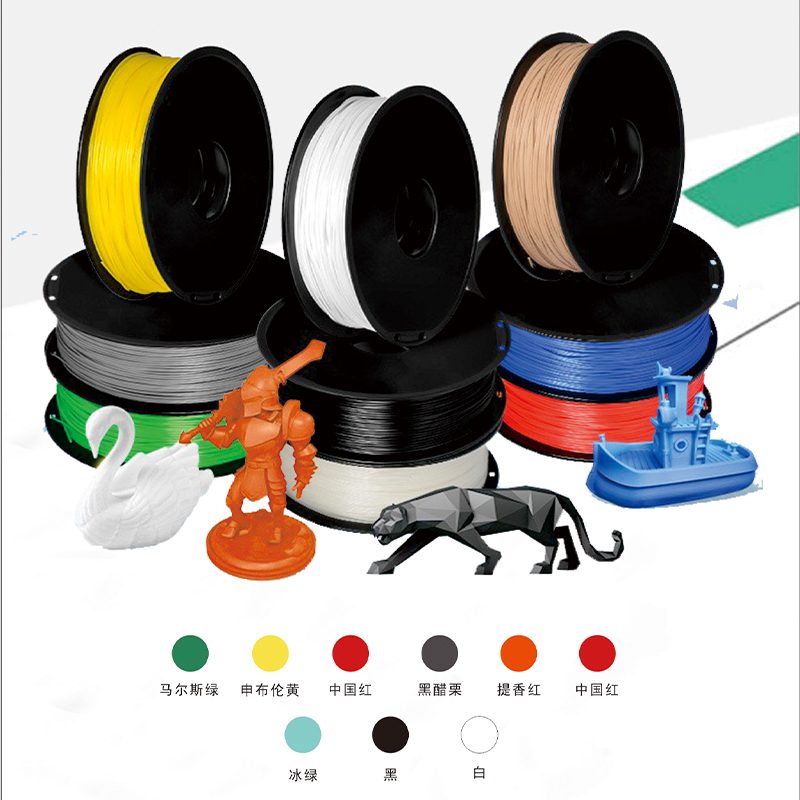Are Biodegradable Bags as durable as regular plastic bags?
Biodegradable bags are not necessarily as durable as regular plastic bags, and their durability can vary depending on the specific materials and formulations used in their production. Here are some key points to consider regarding the durability of biodegradable bags compared to regular plastic bags:

Material Variability: Biodegradable bags can be made from various materials, including starch-based polymers, polylactic acid (PLA), and other bioplastics. The durability of the bag depends on the type of material used. Some biodegradable materials may be less robust and more prone to tearing or puncturing compared to traditional plastic bags made from high-density polyethylene (HDPE) or low-density polyethylene (LDPE).
Thickness: The thickness or gauge of a bag also plays a significant role in its durability. Thicker biodegradable bags are generally more durable and less likely to tear or break than thinner ones. However, thicker bags may also take longer to biodegrade.
Intended Use: Biodegradable bags are often designed for specific purposes, such as single-use shopping bags or food waste collection bags. The intended use can impact the bag's durability. For example, bags designed for collecting food waste may have features like extra strength to resist tearing.
Environmental Conditions: The rate of degradation of biodegradable bags can be influenced by environmental factors. If exposed to conditions like high temperatures or prolonged UV radiation, some biodegradable materials may degrade more quickly, potentially reducing their overall durability.
Storage and Handling: Proper storage and handling can affect the durability of both biodegradable and regular plastic bags. For example, excessive exposure to sunlight or moisture can weaken biodegradable bags over time.
Consumer Expectations: Consumers may perceive biodegradable bags as less durable due to their association with eco-friendly materials. This perception can influence how they handle and use these bags, potentially affecting their actual durability.
Cost Considerations: To balance environmental concerns with cost, manufacturers may make trade-offs in the durability of biodegradable bags. In some cases, this may result in bags that are less durable than their traditional plastic counterparts.
Product Category
News Category
Popular products
The main products include various types of plastic film bags, such as takeout packaging bags, express bags, shopping bags, food composite bags, wrapping films, agricultural film, etc., and disposable dining utensils, such as lunch boxes, knives, forks, spoons, etc.


 English
English 中文简体
中文简体 Español
Español


